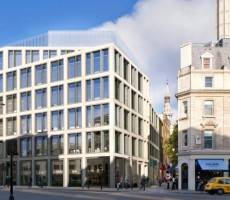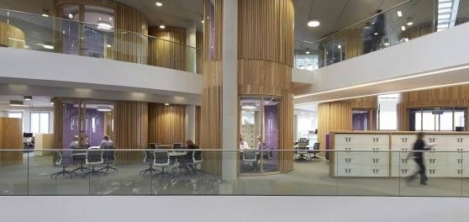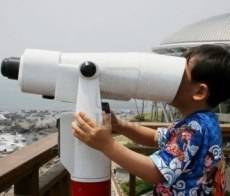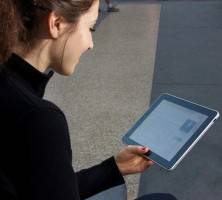December 5, 2014
Bouygues wins £27 million office fit out contract in City of London
 Bouygues UK has been awarded a major new design and build contract by developers Morgan Capital Partners LLP. The award comes hot on the heels of the handover of another major office refurbishment at 71 Queen Victoria Street, which is a stone’s throw away from the new site at 45 Cannon Street, in the heart of London’s financial district. The deal will see the demolition of existing offices and the construction of a new eight-floor office building including a Category A office fit out and the addition of 13,000sqm of retail space on the ground floor. As part of the works, the entrance to Mansion House underground station will also be refurbished as it sits on the site. Bouygues UK is aiming for a BREEAM Excellent rating on the project. Demolition is already being carried out on site, with Bouygues scheduled to begin construction work in the New Year. The project is due for completion in 2016.
Bouygues UK has been awarded a major new design and build contract by developers Morgan Capital Partners LLP. The award comes hot on the heels of the handover of another major office refurbishment at 71 Queen Victoria Street, which is a stone’s throw away from the new site at 45 Cannon Street, in the heart of London’s financial district. The deal will see the demolition of existing offices and the construction of a new eight-floor office building including a Category A office fit out and the addition of 13,000sqm of retail space on the ground floor. As part of the works, the entrance to Mansion House underground station will also be refurbished as it sits on the site. Bouygues UK is aiming for a BREEAM Excellent rating on the project. Demolition is already being carried out on site, with Bouygues scheduled to begin construction work in the New Year. The project is due for completion in 2016.






















December 4, 2014
Why doesn’t the HR dept have more of a role in workplace design?
by Steve Brewer • Comment, Facilities management, Workplace, Workplace design
(more…)